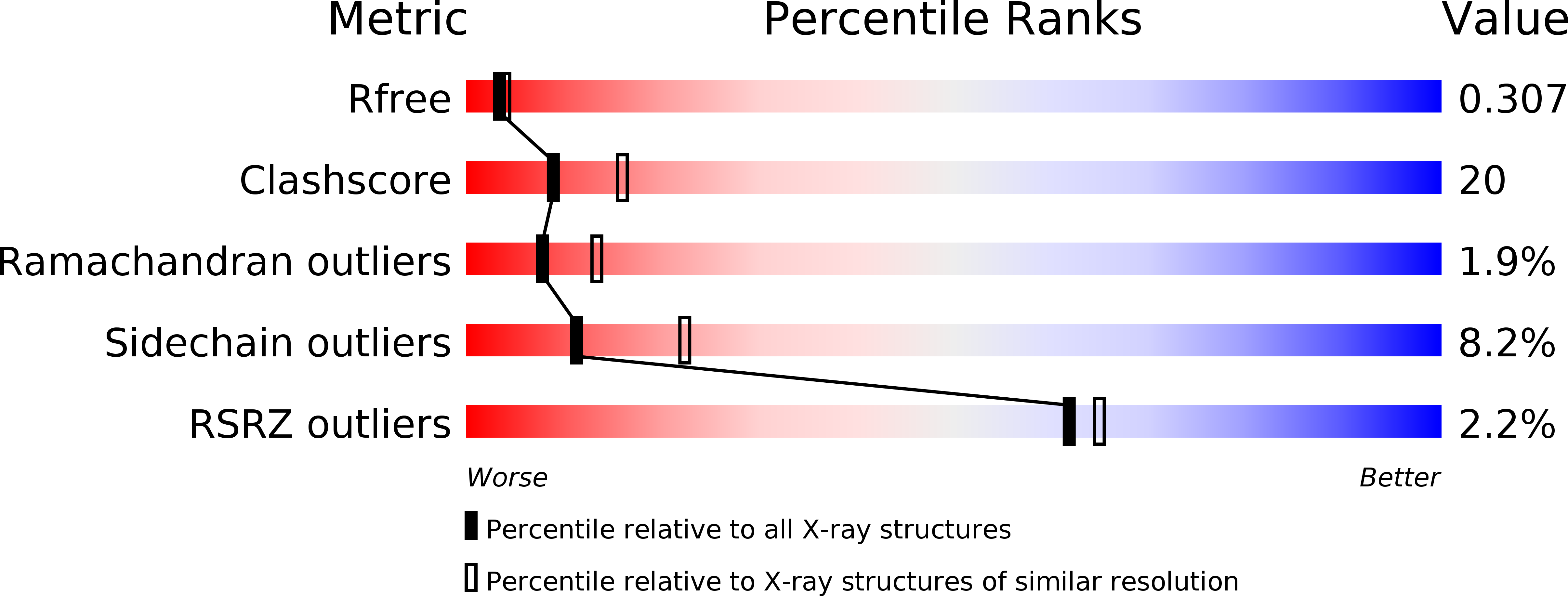
Deposition Date
2003-05-15
Release Date
2004-01-20
Last Version Date
2025-03-26
Entry Detail
Biological Source:
Source Organism:
Enterobacteria phage lambda (Taxon ID: 10710)
Host Organism:
Method Details:
Experimental Method:
Resolution:
2.51 Å
R-Value Free:
0.29
R-Value Work:
0.23
R-Value Observed:
0.23
Space Group:
P 32 2 1


